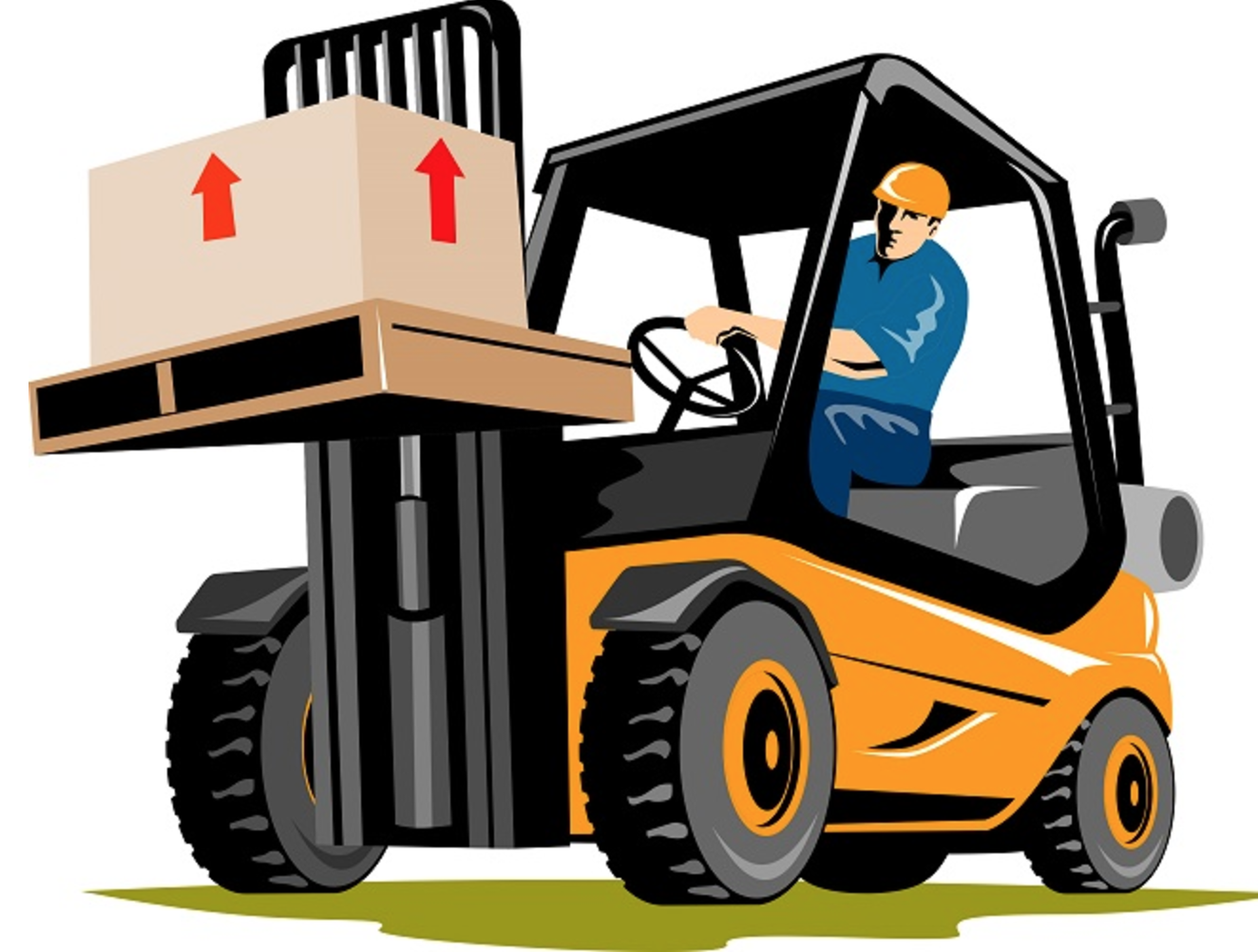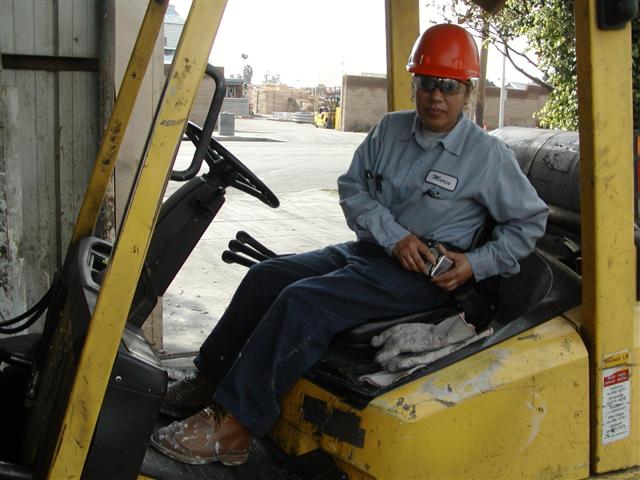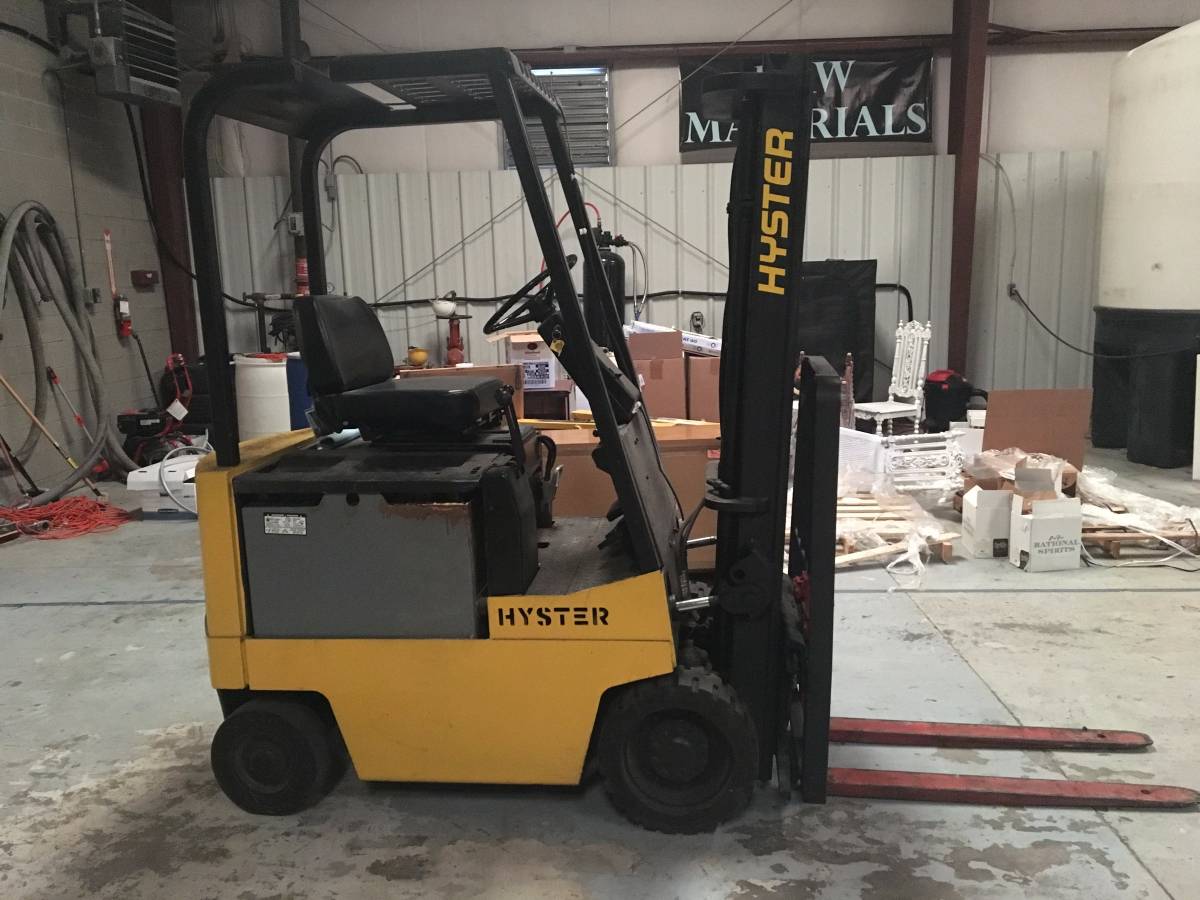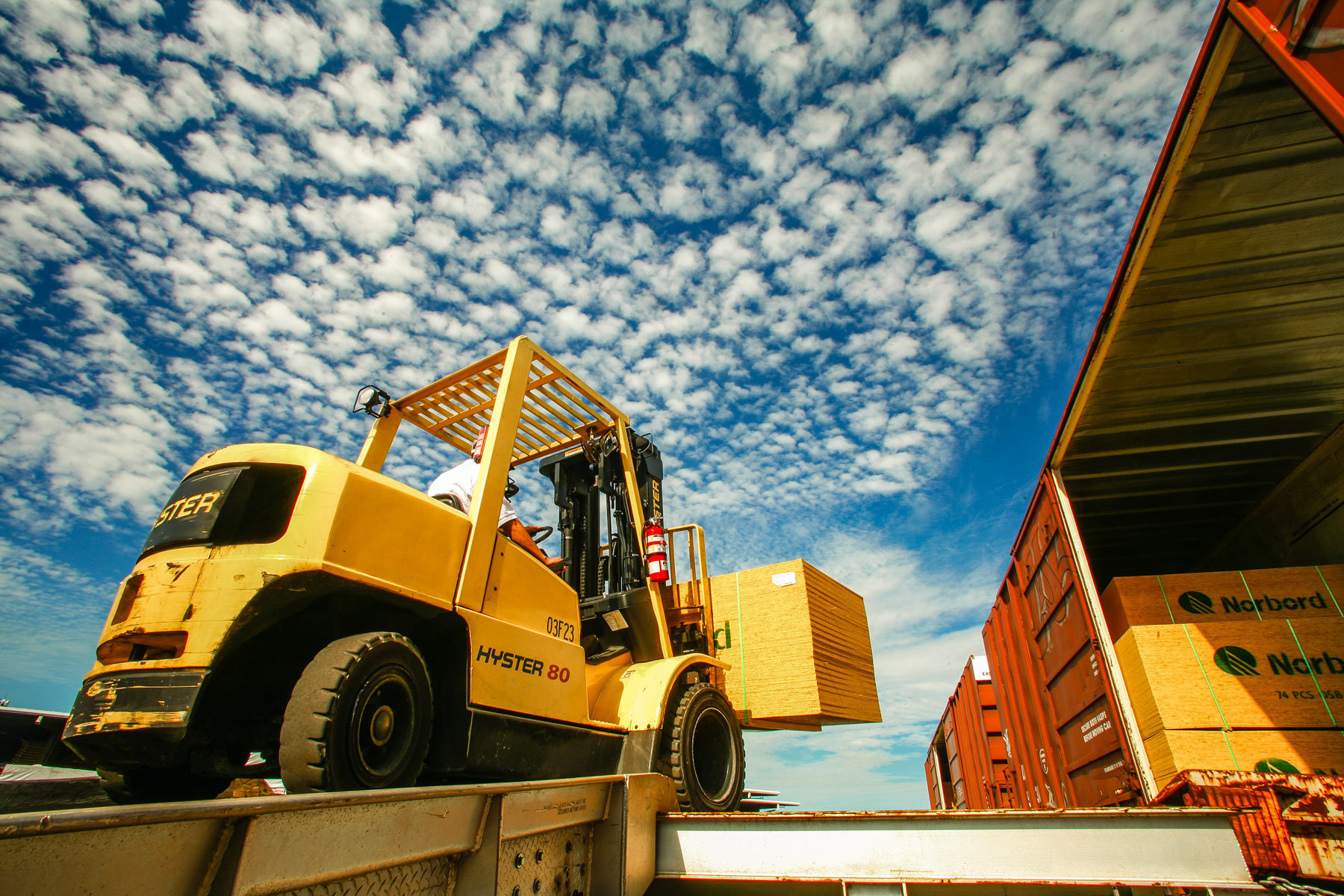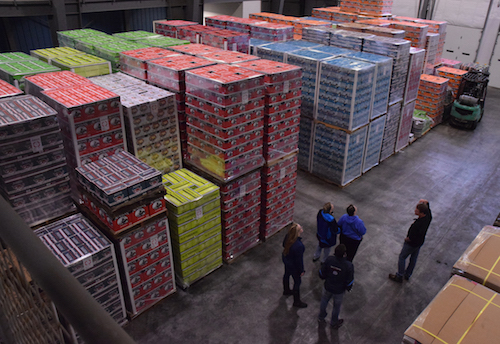Chances are that your operation utilizes a propane forklift to maintain consistent power and efficient production. Forklifts are the backbone of most distribution centers and warehouses, with the aim of lightening the load for the whole team. While this equipment is great, it can be dangerous. This is especially true for propane forklifts. These models require diligent propane forklift safety.
Many have made propane their forklift fuel of choice because it is safe, effective, and can be used both indoors and outdoors with proper ventilation. However, not many people are as well-versed on propane tank safety as they should be. When it comes to handling or replacing propane fuel, there are many important safety steps that need to take place. Propane is an odorless, extremely flammable gas, which can become a serious hazard, especially in a confined space. If heated, the gas can explode and cause a plethora of injuries and health risks. Propane tank safety should be observed at all times.
According to the Propane Education & Research Council, only appropriately trained personnel using proper propane forklift safety procedures should conduct a propane cylinder exchange. Personnel that has not been appropriately trained should never attempt to exchange a propane cylinder and must defer to co-workers with appropriate training.
It is also important to make sure you have the appropriate safety tools on hand. Listed below are some important propane forklift safety guidelines to follow.
Propane Tank Safety When Handling Fuel
- Position the tank so the liquid propane does not come in contact with the relief valve.
- Make sure the locking pin engages into the cylinder.
- Make sure the valve is closed tightly.
- Store the cylinder outside, in an upright position, in a forklift propane tank holder where it can be secured and is protected from being struck.
- Put the cylinder down gently. Do not drop, dent or damage.
- Always protect the valve from any damage.
- Avoid contact with liquid propane, as it can cause frostbite.
- Wear protective gloves while making or breaking connections
- Ensure that only qualified persons repair carburetors and fuel supply systems.
- For repairs, use only components that agencies such as the CSA Group (Canadian Standards Association) have approved.
- Exchange removable cylinders outdoors or in well-ventilated areas, away from sources of ignition.
- Close the valve before breaking connections.
Propane Tank Safety When Changing Fuel Tanks
- Wear eye protection and insulated, loose-fitting gloves such as leather (dry) or insulated neoprene.
- Close the valve on the cylinder.
- Run the engine until it stops. This ensures that the connection hose is empty.
- Shut off the engine.
- Open the connecting nut and inspect valves for leaking. Do NOT use metal tools.
- Disconnect the hose.
- Disconnect the holding straps.
- Remove the empty cylinder.
- Replace with a full cylinder in the proper position.
- Connect the holding straps.
- Tighten the connecting nut (wiggle hose).
- Open the valve on the cylinder slowly and check for leaks. Use a solution of soap and water. Smell – listen – look.
- If the valve leaks:
1st time – Tighten the nut and continue.
2nd time – Change the cylinder.
3rd time – Change the hose. - Open the valve fully (slowly).
- Check that the hose is turned inward.
- Secure the hose downward.
- Secure the cylinder.
- Start the engine and resume operation of the propane forklift.
OSHA Propane Forklift Regulations
OSHA has created its own set of guidelines for propane tank safety. Failure to comply with OSHA propane forklift regulations could result in expensive fines.
First, propane dispensing equipment needs to be kept at least 10 feet away from combustibles. If tanks are stored indoors, OSHA propane forklift regulations require that they be place away from exits, entrances, walkways, and staircases. Tanks in outdoor forklift propane tank holders should be kept 25 feet away from buildings unless the tank holds less than 500 gallons of propane. In that case, the forklift propane tank holder can be located as little as 10 feet away.
Make sure your forklift propane tank holder meets all necessary guidelines. Learn more about OSHA propane forklift regulations here.
Propane Forklift Safety
Keep in mind that propane forklift safety starts with your equipment. Perform routine maintenance on your propane forklift to ensure that it is in great condition. Inspect your equipment before each use to make sure it is safe to operate.
If you’re ready for an upgrade, use Forklift Inventory to find the best deal on a propane forklift in your area. Forklift Inventory is completely free to use. Simply select your equipment type and equipment needs to browse matching propane forklifts in your area.
Prioritize propane forklift safety today. Invest in a new propane forklift today.
Click here to compare pricing on new and used propane forklifts.



